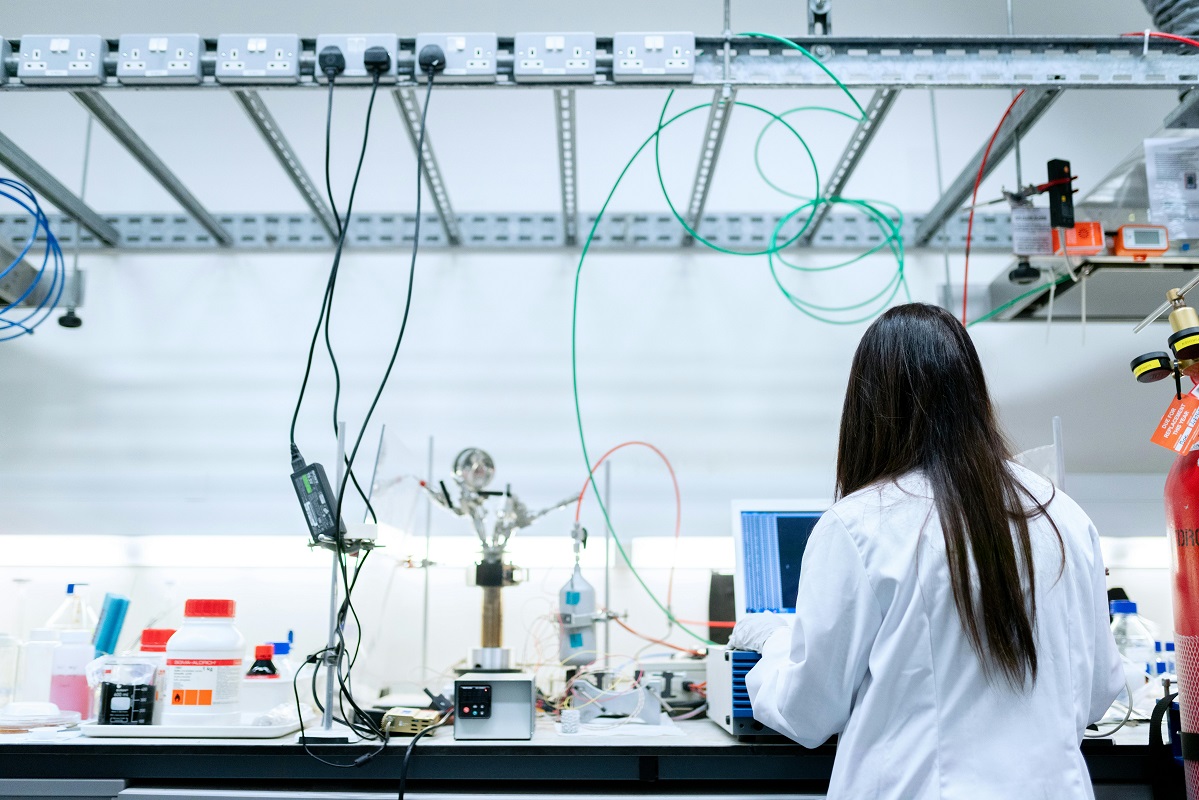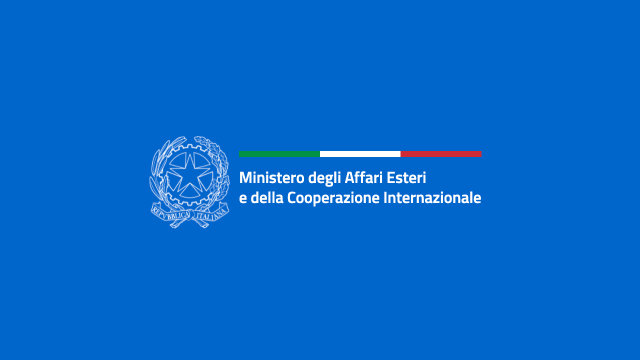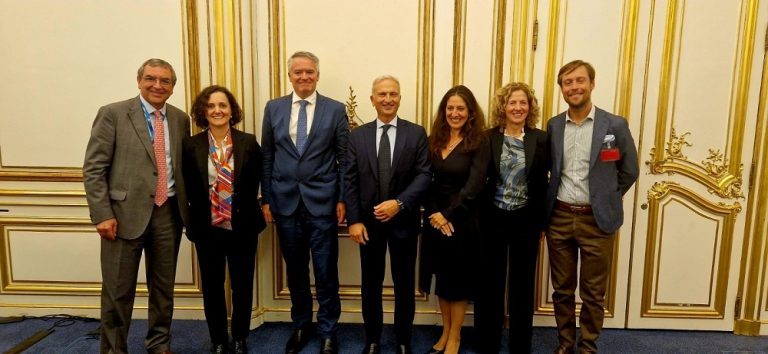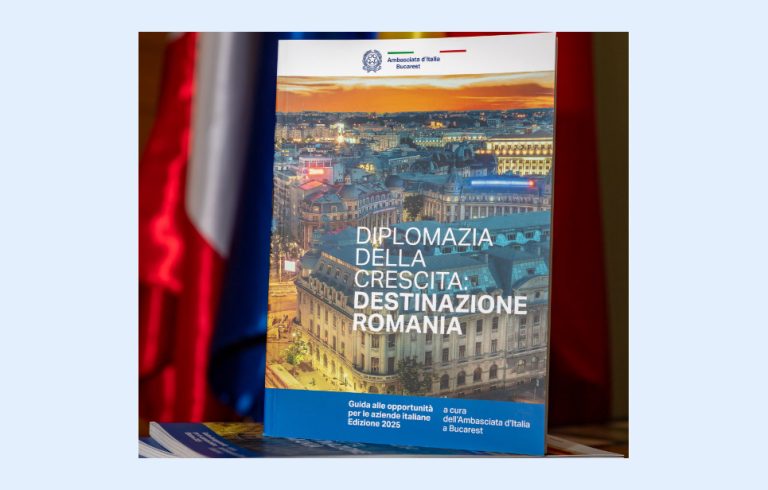Companies are faced with a complex global context, yet rich in potential. This is the consideration underlying the study “Let’s GROW!” carried out by SACE, in which new growth scenarios for Italian companies are outlined. In fact, SACE estimates a growth opportunity of EUR 100 billion for 2025, accessible through two fundamental strategic levers, i.e. innovation and exports, two tools that also feed each other, capable of generating a multiplier effect estimated at almost four additional percentage points on company turnover.
The study analyses how crucial innovation is for competitiveness. For SACE, investing in advanced technologies, digitalisation, staff training and sustainability not only improves productivity and efficiency, but makes companies more resilient and capable of adapting their products to new supply chains, thus diversifying their business. Although companies that already invest in innovation record a turnover growth that is two percentage points higher than others, currently, in Italy, only one in three companies actively invests in new technologies and digitalization. In fact, according to SACE, additional annual investment in research and development estimated at 15 billion euros would be necessary to bridge the gap with the euro area average.
The study identifies sectors with particularly high potential for transformation through innovation. Pharmaceuticals and chemicals are already highly innovative but require continued investment to remain competitive, for example in the integration of AI for research, telemedicine, or the development of sustainable materials and processes. Mechanical engineering, the heart of Italian industry, also sees opportunities in the adoption of digital tools (3D viewers for remote assistance) and advanced robotics, while the urban mobility sector, driven by smart mobility and electrification, requires innovations for efficient vehicles and charging infrastructure. As for electrical appliances, central to the energy transition, large investment is needed to strengthen the supply chain of clean technologies (wind, solar, batteries). The SACE study also mentions the paper sector which, although challenged by digitalization, finds opportunities in e-commerce (packaging) and is at the forefront of the circular economy. Finally, the food and beverage sector, although with a lower innovation intensity index, has huge room for improvement through technologies for precision agriculture, traceability and waste reduction. As reaffirmed by SACE, the main challenge for many companies, especially SMEs and those operating in less technological sectors remains access to the necessary financial resources and skills.
Exports are the second growth lever and a pillar of the Italian economy (worth almost a third of GDP). Exporting companies show greater resilience and profitability, with annual turnover growth that is 1.5 percentage points higher than for those operating only on the domestic market. Furthermore, forecasts indicate an increase in exports of goods to 660 billion euros by 2026. This goal can be achieved by diversifying market outlets, going beyond traditional ones.
SACE therefore identifies 14 strategic markets with high potential, defined as GATE (Growing, Ambitious, Transforming, Entrepreneurial), which together account for EUR 85 billion of opportunities for Made in Italy. These include dynamic economies such as the United Arab Emirates, a strategic hub with ambitious government plans; Saudi Arabia, which sees a strong push on infrastructure and renewable energy; India, whose goal is to become a global manufacturing hub, with significant investment in infrastructure and renewables and Vietnam, engaged in a process of industrial modernization and focused on sustainability. Other relevant GATE markets are Mexico (nearshoring and high-tech manufacturing), Brazil (reindustrialization and energy transition), Turkey (infrastructure and industrial development plans), Singapore (technological hub and luxury market), Colombia (energy transition and infrastructure), Serbia (gateway to the Balkans, infrastructure and agritech) and South Africa (infrastructure, manufacturing, energy). These add to the opportunities in Africa, also supported by the Mattei Plan, with a focus on countries such as Algeria, Egypt, Morocco, Angola and Tanzania, where Italian skills can contribute to infrastructural, energy and agri-food development.
This commitment is in line with the Action Plan for Italian exports to high-potential non-EU markets, presented in Rome, on 21 March , by the Deputy Prime Minister and Minister of Foreign Affairs and International Cooperation, Hon. Antonio Tajani. It is a strategic guidance tool that outlines the main politically-led actions and missions that the Foreign Ministry and the Italian system have planned to jointly promote the development of our exports.
The combined synergic action of innovation and export makes the supply of Italian companies more competitive on global markets, thus enabling them to better respond to the specific needs of international customers and stand out from competitors. On the other hand, international projection stimulates continuous innovation through the “learning by exporting” mechanism, i.e. learning from the challenges and opportunities encountered abroad. Digitalization is a key enabler of this synergy: e-commerce, B2B platforms and advanced logistics solutions, which are the result of innovation, enable companies to reach new markets in a more efficient and targeted way, expanding export possibilities.
In this path, SACE positions itself as a partner for Italian companies, offering integrated solutions, summarized in the GROW approach (Guarantees and liquidity, Risk Management, Business opportunities, Worldwide support) and aimed at facilitating access to financing, protecting against risks and opening up new outlets on international markets, thus supporting the investment necessary to seize these opportunities.








